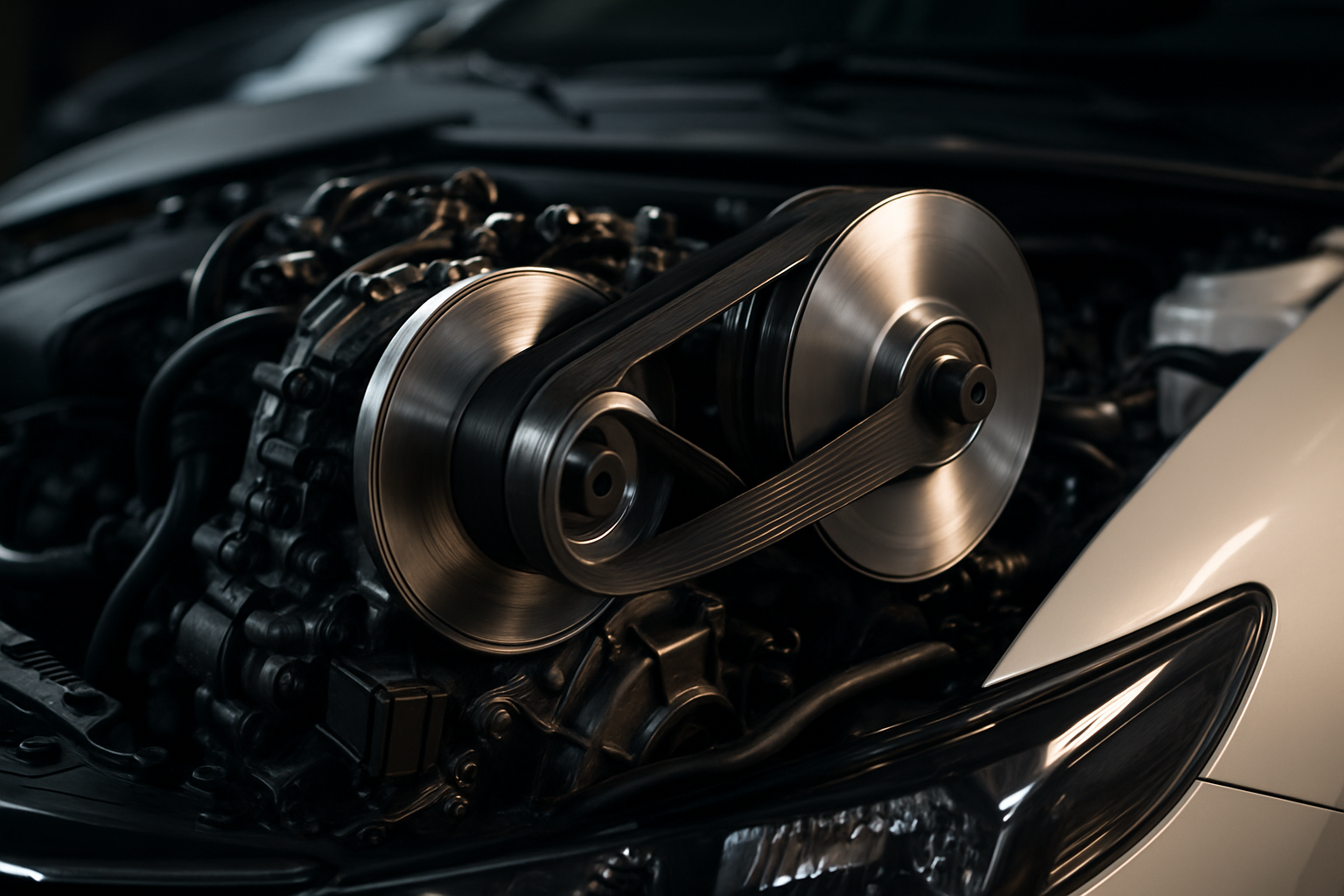Hydropneumatic Suspension: Floating on Air and Fluid
The world of automotive engineering is replete with innovations that blur the line between science fiction and reality. Among these marvels, hydropneumatic suspension stands out as a testament to human ingenuity in the pursuit of the perfect ride. This groundbreaking system, which combines the principles of hydraulics and pneumatics, has revolutionized the way we think about vehicle comfort and handling. But what exactly is hydropneumatic suspension, and why does it continue to captivate automotive enthusiasts and engineers alike?

The concept was elegantly simple yet technologically complex: replace conventional springs with a system of interconnected fluid-filled spheres. These spheres, containing nitrogen gas and hydraulic fluid, would act as both shock absorbers and springs, allowing for a level of ride customization previously thought impossible. The result was a suspension that could automatically adjust ride height, maintain a level stance regardless of load, and provide a ride quality that was described as floating on a magic carpet.
How Hydropneumatic Suspension Works
At its core, hydropneumatic suspension relies on the interplay between compressed gas and hydraulic fluid. Each wheel is connected to a sphere containing nitrogen gas separated from hydraulic fluid by a flexible membrane. As the wheel encounters bumps or dips in the road, the fluid is forced into the sphere, compressing the gas. This compression acts as a spring, absorbing the impact and then pushing the wheel back down as the gas expands.
The genius of the system lies in its ability to maintain a constant ride height regardless of load. A central hydraulic pump keeps the system pressurized, automatically adjusting fluid levels to compensate for changes in weight or road conditions. This means that whether the car is empty or fully loaded, it maintains the same ground clearance and handling characteristics.
The Citroën DS: A Technological Tour de Force
No discussion of hydropneumatic suspension would be complete without mentioning the Citroën DS. Unveiled at the 1955 Paris Motor Show, the DS (short for Déesse, or Goddess) stunned the automotive world with its futuristic design and revolutionary technology. The hydropneumatic suspension was the crown jewel of its innovations, allowing the car to rise and lower at the touch of a button and providing a ride quality that was decades ahead of its time.
The DS demonstrated the full potential of hydropneumatic suspension. It could maintain its ride height even with a flat tire, automatically level itself when parked on an incline, and provide adjustable ground clearance for rough terrain. These features, combined with its otherworldly comfort, cemented the DS’s place in automotive history and showcased the transformative power of hydropneumatic technology.
Beyond Comfort: Performance and Handling Benefits
While ride comfort was the primary goal of hydropneumatic suspension, its benefits extended far beyond a smooth journey. The system’s ability to maintain a consistent ride height regardless of load distribution significantly improved handling characteristics. This was particularly beneficial for larger vehicles, where weight shifts during cornering or braking could dramatically affect performance.
Moreover, the adjustable nature of hydropneumatic suspension allowed for dynamic changes in ride height. This feature proved invaluable in motorsports, where the ability to lower a car’s center of gravity for high-speed corners and raise it for rough sections could provide a crucial competitive edge. Some racing teams even experimented with hydropneumatic systems that could adjust suspension stiffness on the fly, allowing drivers to optimize their car’s handling for different sections of a track.
Challenges and Limitations
Despite its numerous advantages, hydropneumatic suspension was not without its drawbacks. The complexity of the system made it more expensive to produce and maintain compared to conventional suspensions. The reliance on hydraulic fluid also introduced potential points of failure, with leaks being a particular concern in older systems.
Additionally, the unique feel of hydropneumatic suspension, while praised by many, was not universally appreciated. Some drivers found the floating sensation disconcerting, preferring the more direct feedback of traditional suspension setups. This divide in consumer preference, coupled with the higher costs associated with the technology, limited its widespread adoption outside of luxury and performance vehicles.
The Legacy and Future of Hydropneumatic Suspension
While pure hydropneumatic suspension systems have become less common in modern vehicles, their influence can still be felt throughout the automotive industry. Many of the principles pioneered by hydropneumatic technology have been incorporated into contemporary air suspension systems, which offer similar benefits with reduced complexity.
Furthermore, the advent of electronic control systems has breathed new life into the concept of adaptive suspension. Modern vehicles equipped with magnetorheological dampers or adaptive air suspension can achieve many of the benefits of hydropneumatic systems, often with greater precision and reliability.
As the automotive industry continues to evolve, with a growing focus on electric and autonomous vehicles, the lessons learned from hydropneumatic suspension remain relevant. The pursuit of the perfect balance between comfort and performance continues, with engineers drawing inspiration from this groundbreaking technology to create the next generation of suspension systems.
In conclusion, hydropneumatic suspension stands as a testament to the power of innovative thinking in automotive engineering. Its legacy serves as a reminder that sometimes, the most revolutionary ideas come from questioning the fundamental assumptions of how things should work. As we look to the future of transportation, the spirit of innovation embodied by hydropneumatic suspension continues to drive the industry forward, promising ever more comfortable, safe, and exhilarating driving experiences.





